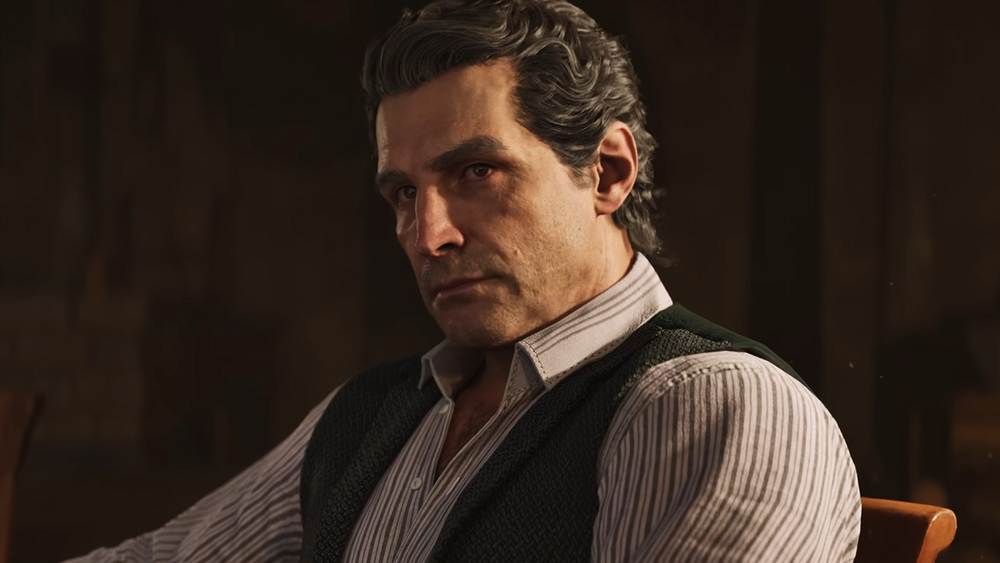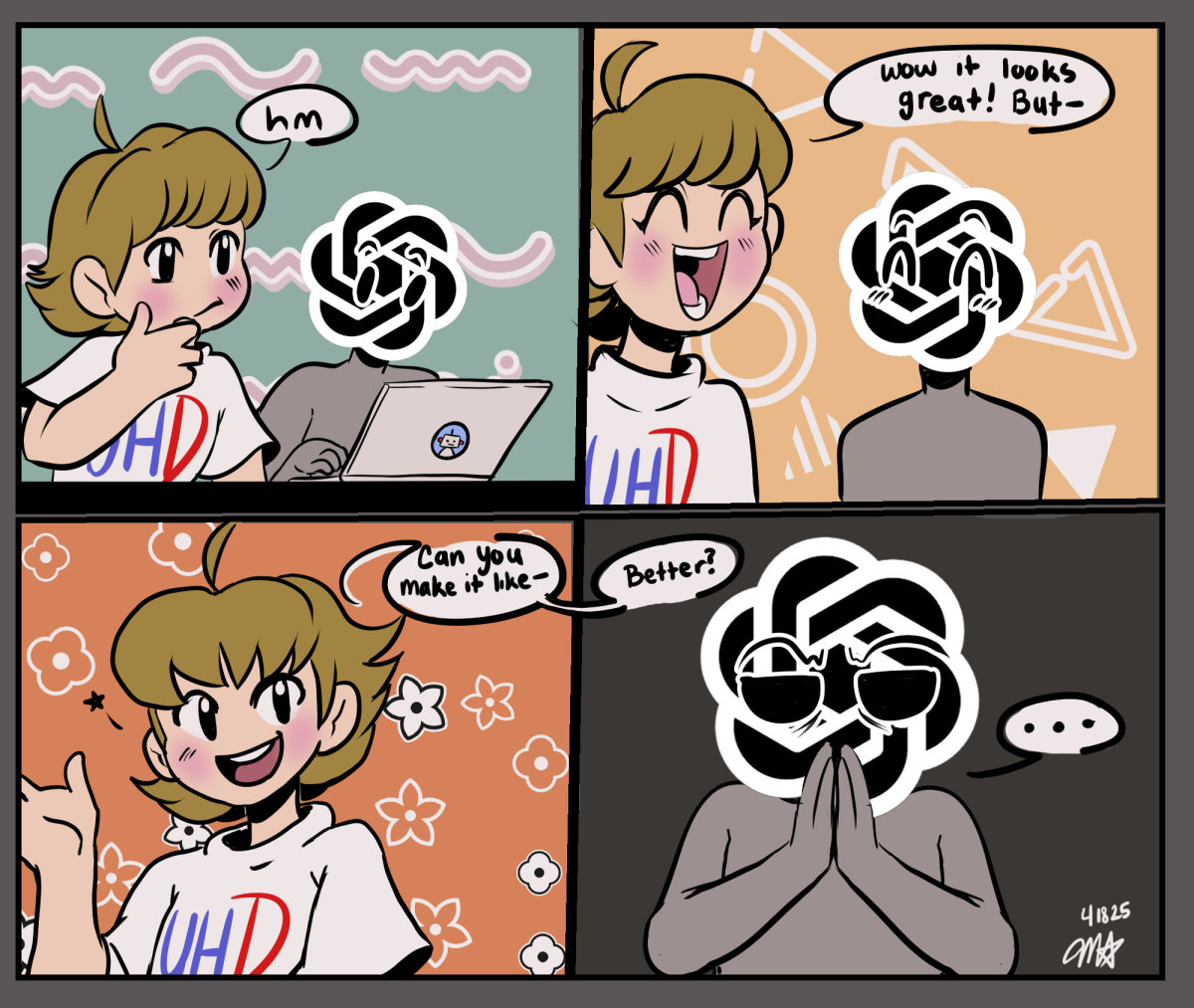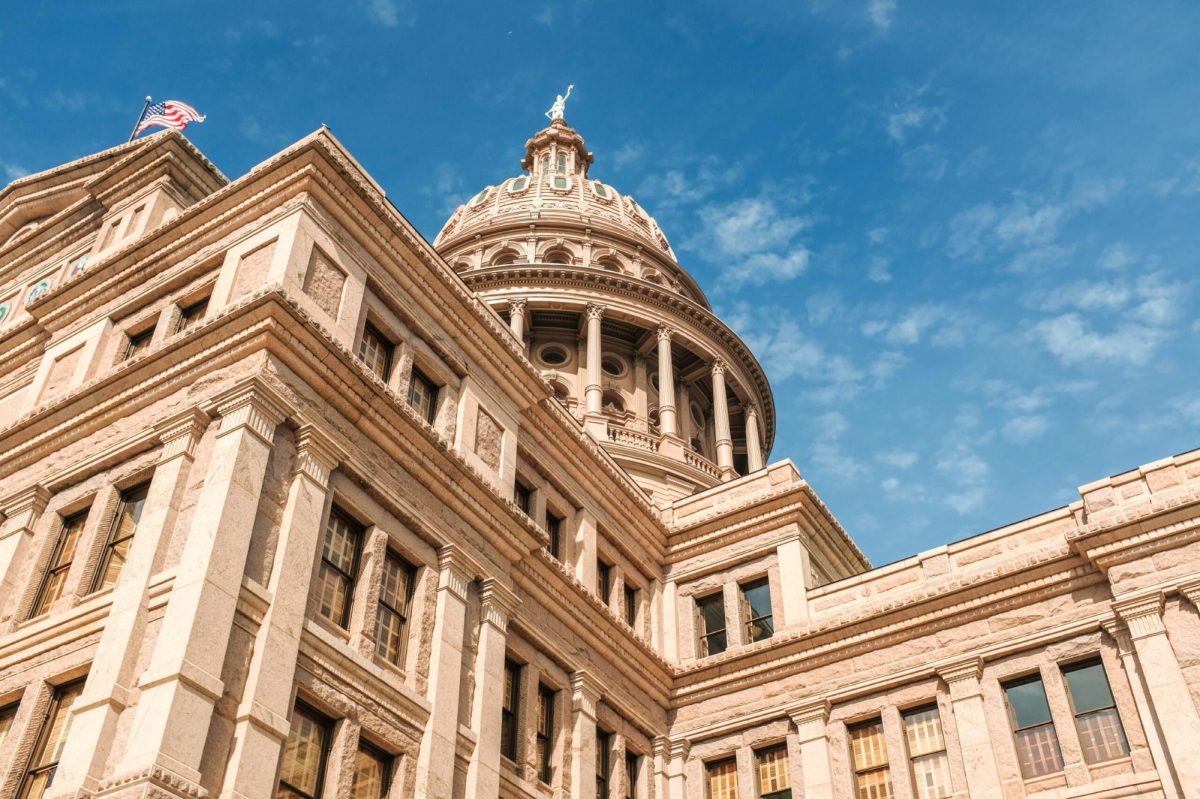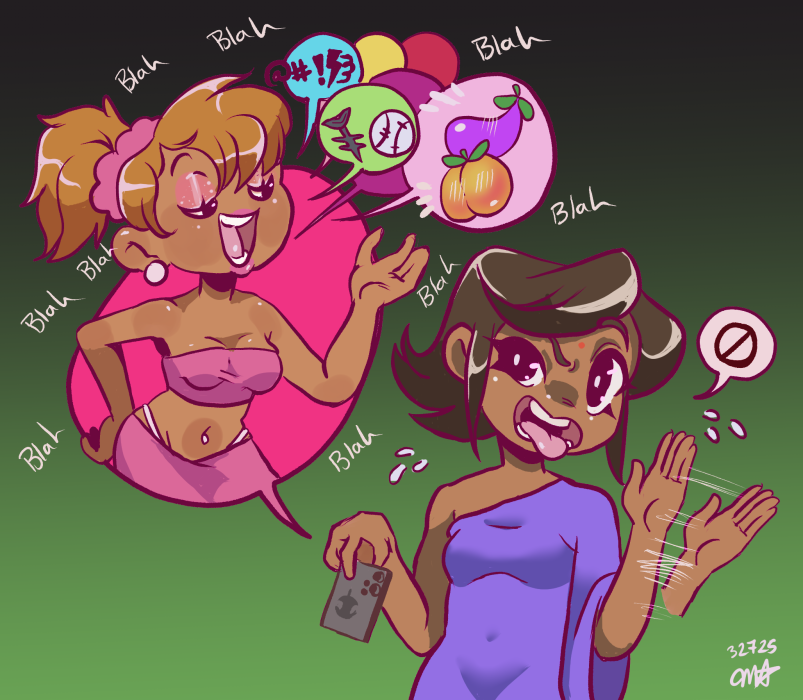The video games series known as “Mafia” has made its return to the gaming scene, marking its 23rd anniversary with a release that has brought the game series to its very beginning. Set in the early 1900s, Mafia: The Old Country makes a big change from its American cities that have served as the background for its stories.
This time the player will no longer be in Empire Bay or Lost Heaven, much less New Bordeaux. Instead, players will be able to enjoy and see what a 20th century Sicily looks like.
The developers that gave life to the world of “Mafia”, Hangar 13, have stated that the reason they chose that setting was to showcase the circumstances that gave the Mafia the opportunity to rise in its native land.
At the beginning of the 20th century, Sicily was marked and known for its poverty, constant emigration, and weak administrative organization. Unfortunately, the land filled with local groups that attempted to somewhat fill the emptiness that the government had left. These groups had their own codes, their own loyalties, traditions, that later helped organize crime abroad to take form.
The game strives to highlight the detail and accuracy of its culture and history. Markets and villages filled with people, houses made of stone, and places lit up with nothing but a few candles, as well as the typical meeting places for groups of people that don’t want to be seen together or secret societies.
Players are able to travel through a world that is built up on honor, survival, and mistrusting those in higher power, an atmosphere that’s rather different from the earlier games that had clubs, actual cars, brick and wooden buildings and rather modern slang when compared to this new installment.
Throughout the history of these games, this franchise has featured very memorable main characters. Lincoln Clay, a Vietnam veteran that’s seeking revenge against the Mafia for the murder of his adoptive family in “Mafia III” (2016). Vito Scaletta, an immigrant veteran from World War II that finds himself joining the Mafia after being disillusioned with the American Dream in “Mafia II” (2010). Tommy Angelo, a cab driver that joins the Mafia and later finds himself struggling with a moral conflict inflicted by the violence around him in “Mafia I” (2002).
The new protagonist in the most recent game showcases a departure from these characters. The protagonist, Enzo Favara, finds himself in a society where loyalty, bloodlines and survival determine status. Developers have mentioned that this action ties the franchise back to the creation of the Mafia before it became an American staple.
Each one of these characters has highlighted the different eras of organized crime. Clay displayed rebellion and racial tension. Scaletta highlighted immigrant ambition in America. Angelo showed a time of corruption during the Prohibition. Favara represents community and honor.
Some critics have stated that the game feels more like an Indiana Jones game due to its very adventure-based action and its rather ancient looking ruins and buildings. Battles on wagons, gun fights whilst riding horses, knife duels, exploring abandoned ruins occupied by government entities or rival gangs.
I agree to a certain degree, however playing further into the game, one manages to feel engaged with the story. After playing enough, the Mafia vibe feels more alive than ever, an issue that “Mafia III” dealt with but did not manage to fix.
“Mafia: The Old Country” marks a celebration of 23 years of the Mafia games, as well as a reminder that to understand the future, one must know the past.






